The best few months of riding are upon us: fall! The heat from summer has finally broken and leaves are changing color – it’s truly a great time to be in the woods on a mountain bike. But fall and winter in the southeast and other parts of the country brings changes to the trails. Dry hard packed trails become covered in leaves and pine straw and low spots become damp and seem to stay that way. Here are a few things you can do to your bike to make it better suited to the trail conditions of fall and winter.
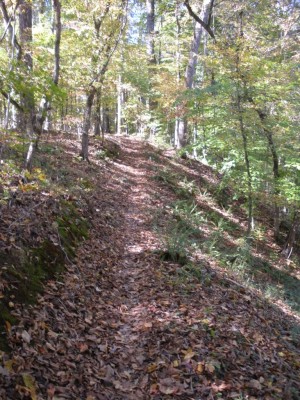
Leaves make the trails slippery. Proper tires can help a lot.
Tires
I like using lightweight, low profile, fast rolling tires in the summer. But, those types of tires don’t work so well in the fall and winter so I like to switch to tires with larger knobs with more space between them, which does two things. The big knobs dig into wet dirt and pierce through the leaves to find something solid to hold on to, giving me more traction for climbing, braking, and cornering. The wide spacing between the knobs allows the tire to shed mud better, so it doesn’t get packed in and turn the tire into a slick.
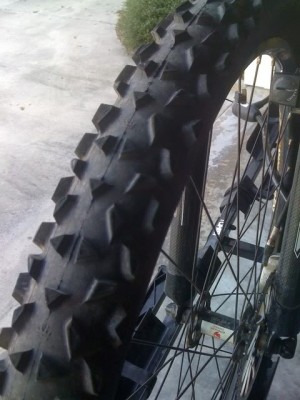
The old Continental Mountain King is the best tire I’ve ever used for fall riding in the southeast. The big triangular knobs punch right through the leaves and grab hold of the firm earth below. It’s slow rolling, but the grip is outstanding. Unfortunately Continental has changed the design on the Mountain King… I’m not sure how well the new version works in the leaves.
Keep the Mud Out
Fall and winter bring rain and snow, which leads to mud, which can work its way into your shifter cables, leaving them stiff and unresponsive. One of the best things you can do to your bike to keep it running smoothly is to start using full length housings on all your shift cables – that way there’s no exposed cable and nowhere for mud to get into the system. Some bikes are designed to be run this way – they have cable guides, not cable stops. I wish every bike was built this way. If yours isn’t designed for full length housing, just use zip ties. It’s not the prettiest set up, but it’ll keep your shifting smooth and maintenance free all season.
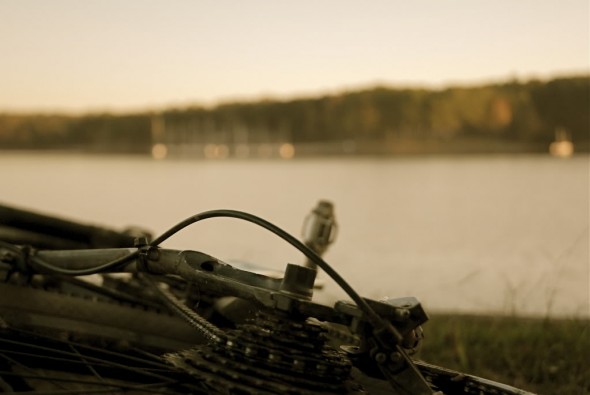
My old bike wasn’t designed for full length housing, but I ran it that way anyway. Photo: azdrawdy
There are also a few totally sealed cable systems designed to work with bikes not made for full length housing. Gore’s RideOn and Nokon systems are two examples. They use a one piece liner that runs inside the housing from the shifter all the way to the derailleur. So even if you have cable stops, and sections with no housing, the liner is still there to keep the cable covered and mud free. These systems look much better installed than my zip-tie method, and weigh a little less, but they’re also much much more expensive.
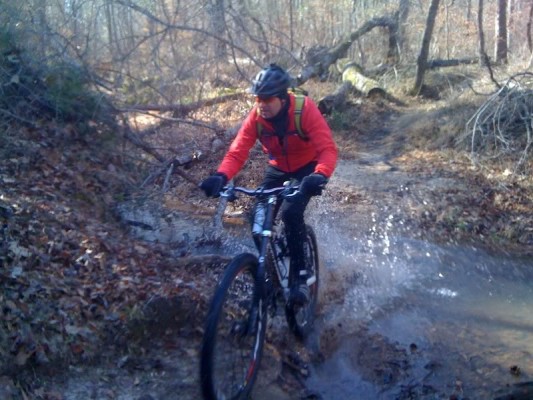
Sealed cables means you can do stuff like this as much as you want without messing up your shifting.
A Lube For Every Season?
Chain lube is another place you may want to make adjustments along with the seasons. Many people switch to a heavy wet lube for the fall and winter months. Thick chain lubes do a really good job of staying on the chain for a long time regardless of the trail conditions – but they also attract dirt and grime. Be sure to wipe the chain down regularly to remove the excess lube and dirt. It’s been my experience that certain wax based lubes, like Squirt (which I’m using all the time now) still work well in the wetter months of the year. However, since the lube falls off the chain when it gets dirty you have to reapply it more often.
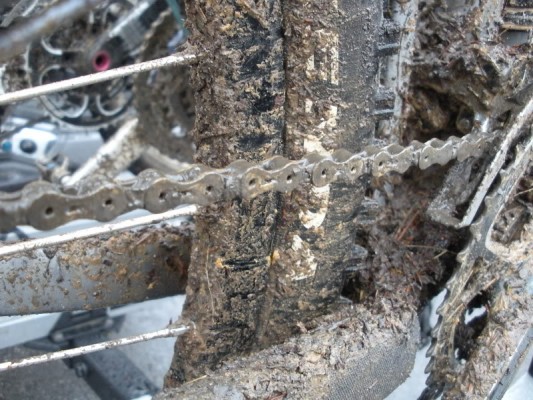
Wet lubes tend to stay on the chain even in really crappy conditions. Just be sure to wipe all that gunk off after the ride to minimize wear and tear on your drivetrain.
Your Tips
What do you do to your bike to prepare it for the colder, wetter months of the year? Tell us in the comments section below.












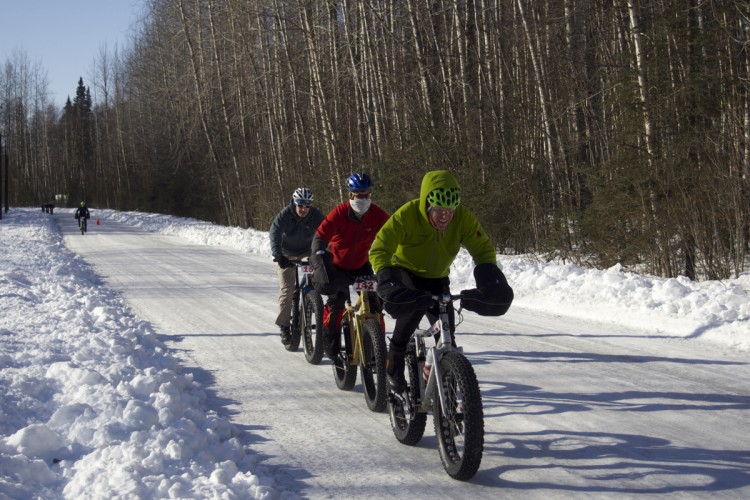
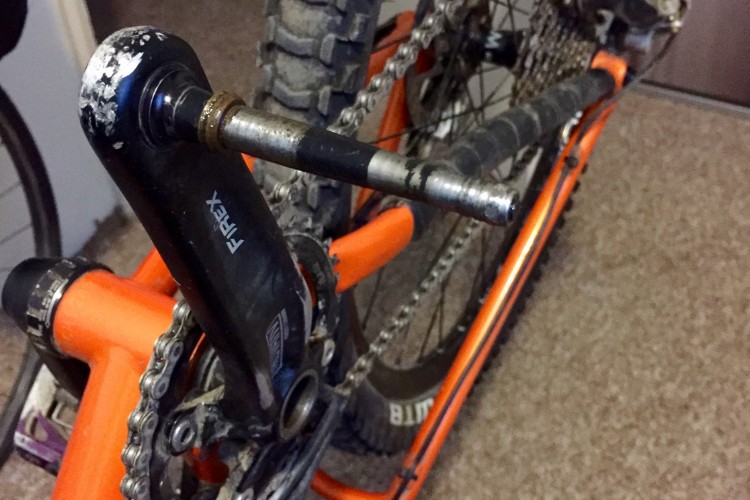







9 Comments
Nov 1, 2011
Oct 31, 2011
Oct 31, 2011
Does anyone change out grips to accommodate thicker riding gloves?
Oct 31, 2011
Oct 31, 2011
Nov 1, 2011
Nov 1, 2011
They shed the wet very well too.
Nov 1, 2011
Nov 6, 2011